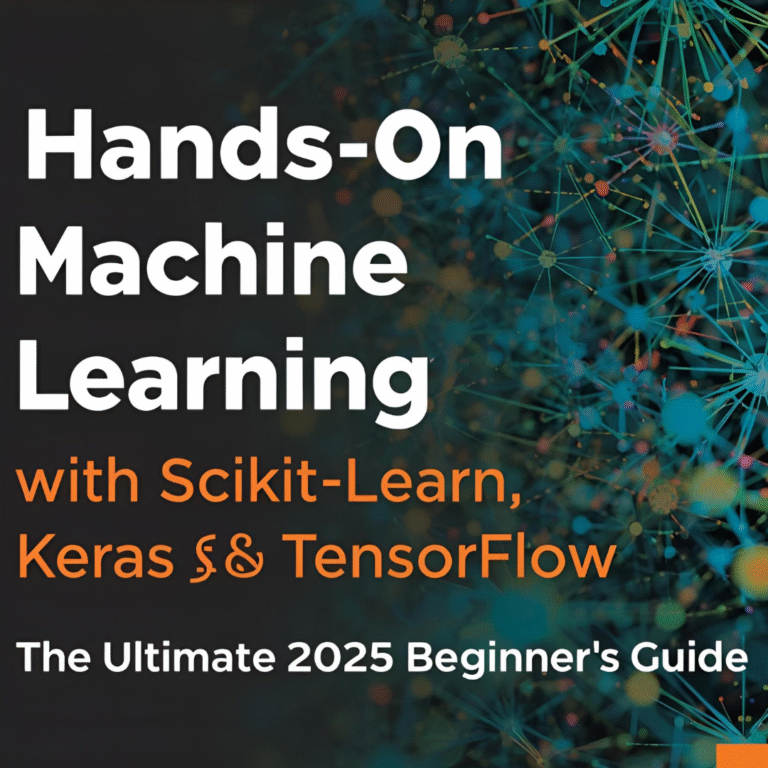What are Deep Learning and its key concepts?
Deep learning is a subfield of machine learning that uses neural networks to learn from and make predictions on complex data. Neural networks consist of layers of interconnected nodes or “neurons” designed to mimic the structure and function of the human brain.
Here are some key concepts and techniques used in deep learning:
Supervised learning: In supervised learning, the neural network is trained on a
labeled dataset, where the correct output is known for each input. The network
learns to make predictions by adjusting its weights and biases to minimize the
error between its output and the correct output.
Unsupervised learning: In unsupervised learning, the network is trained on an
unlabeled dataset, and the goal is to find patterns and structure in the data.
Clustering and dimensionality reduction are common unsupervised learning
techniques.
Convolutional neural networks (CNNs): CNNs are a type of neural network
commonly used in image recognition and processing. They use a hierarchical
architecture to learn increasingly complex features from the input image.
Recurrent neural networks (RNNs): RNNs are a type of neural network used in natural language processing and other sequential data tasks. They have loopsthat allow information to be passed from one step of the sequence to the next.
Deep reinforcement learning: Deep reinforcement learning combines deep
learning with reinforcement learning, where an agent learns to make decisions in an environment by receiving rewards or penalties for its actions.
Deep learning has many applications, such as image and speech recognition, natural language processing, and autonomous vehicles. However, it requires large amounts of labeled data and significant computational resources to train and deploy models.







